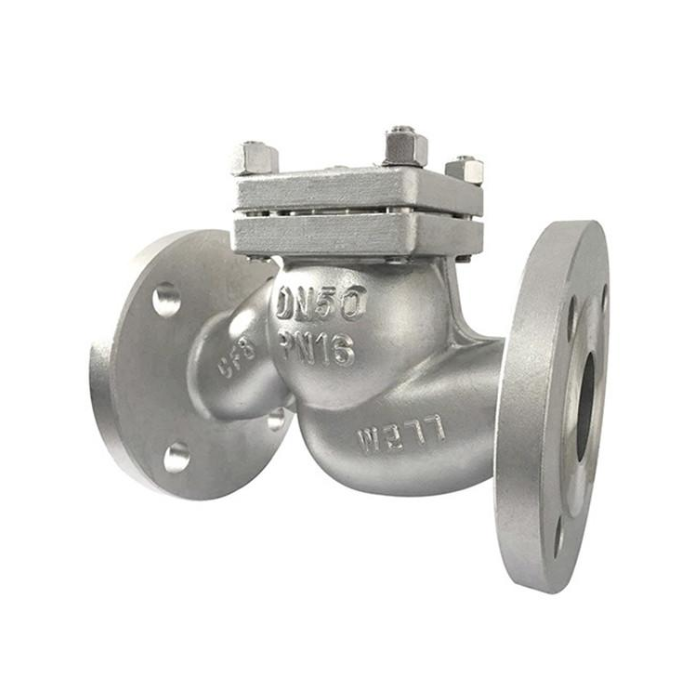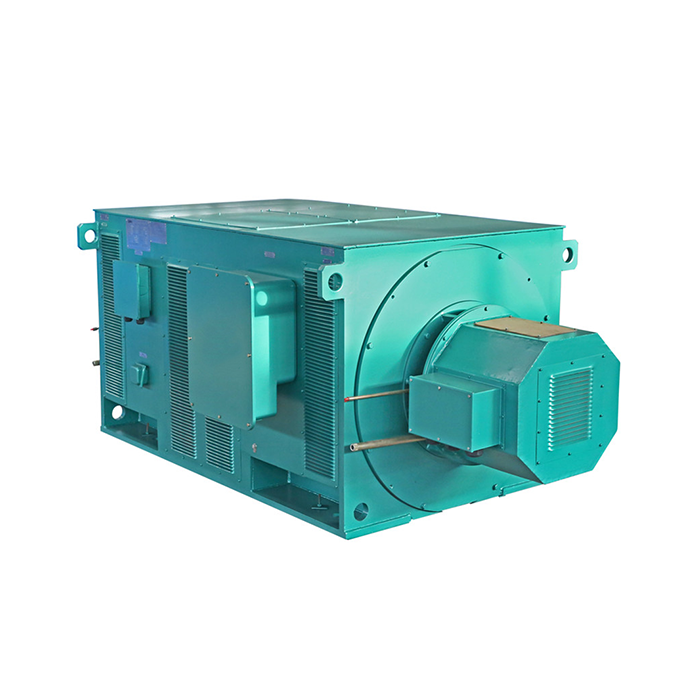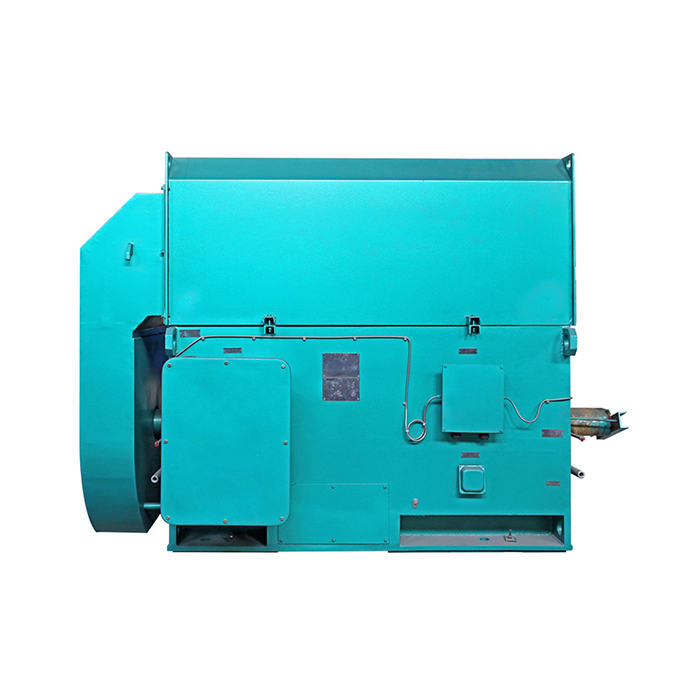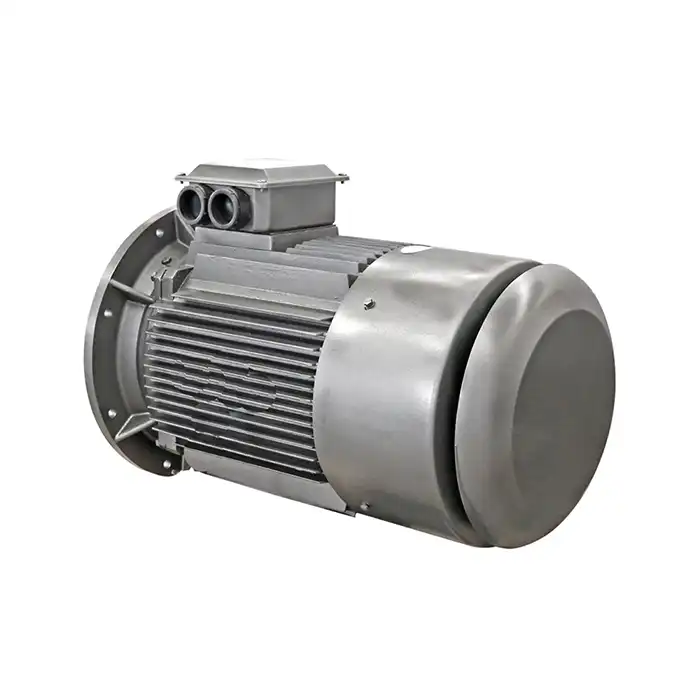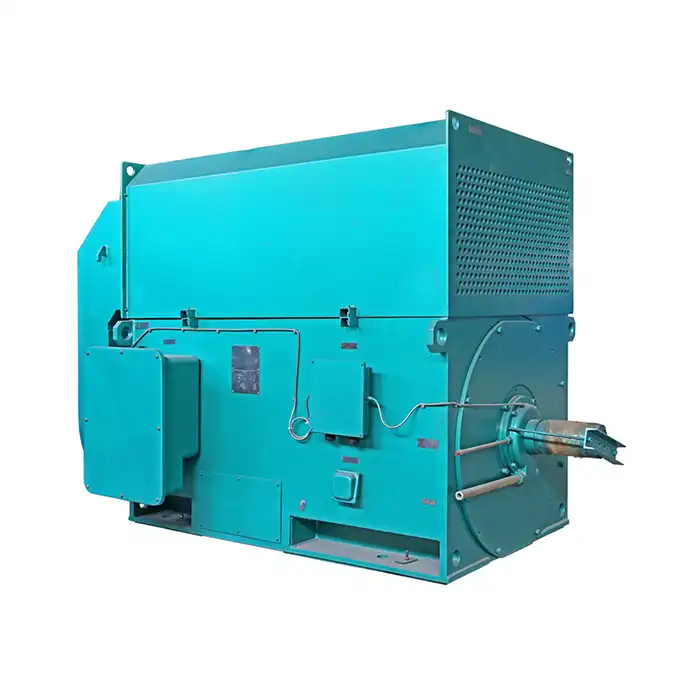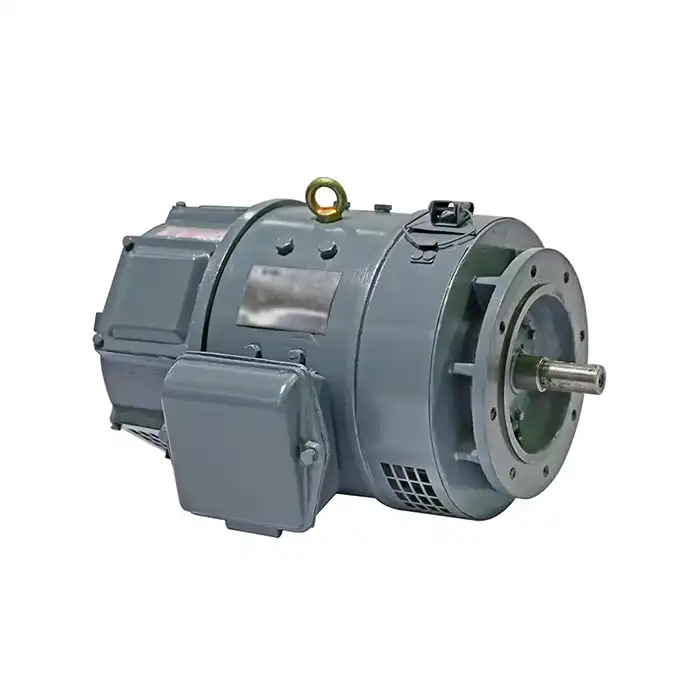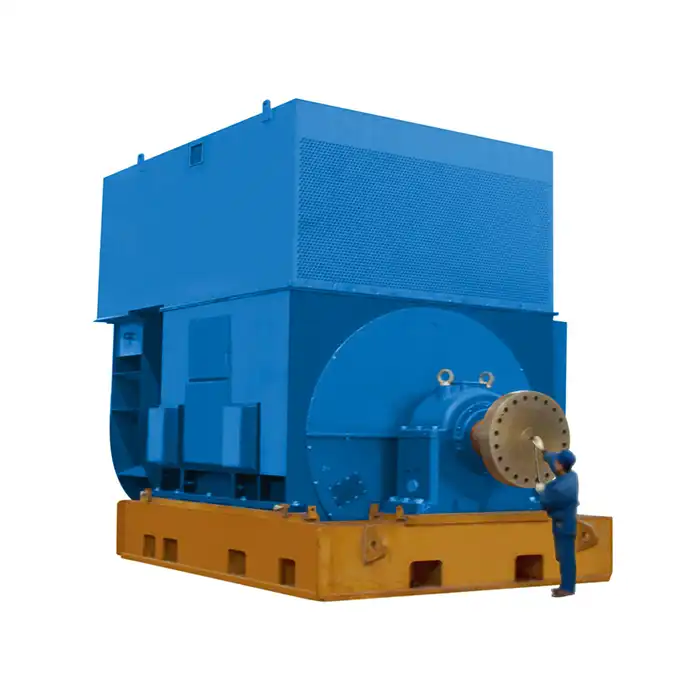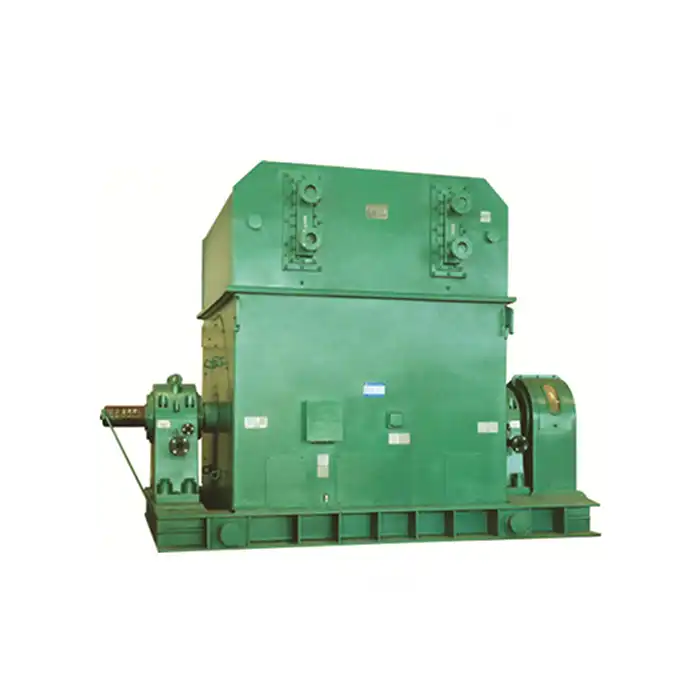Altitude Effects on Motor Cooling Systems
The reduced air density at high altitudes significantly impacts the cooling efficiency of medium voltage induction motors. Understanding these effects is crucial for maintaining proper motor operation and preventing overheating issues.
Reduced Air Density and Cooling Capacity
As altitude increases, air density decreases, leading to a noticeable reduction in the cooling capacity of air-cooled motors. This phenomenon directly impacts both natural convection systems, which rely on the surrounding air to dissipate heat, and forced air cooling systems, where fans push air across motor surfaces. With less dense air available, the transfer of heat away from the motor components becomes less efficient, often resulting in operating temperatures that are higher than originally intended by design. When motors run hotter, their insulation materials, bearings, and windings are placed under additional stress, which may shorten service life and increase the risk of premature failures. Understanding and compensating for this challenge is essential to ensure reliable operation in high-altitude environments.
Thermal Management Strategies
To address cooling challenges in high-altitude environments, several strategies can be employed:
- Oversizing cooling systems to compensate for reduced air density
- Implementing additional cooling mechanisms, such as auxiliary fans or heat exchangers
- Utilizing alternative cooling methods, like liquid cooling systems, which are less affected by altitude
Monitoring and Maintenance
Regular monitoring of motor temperatures and cooling system performance becomes even more critical in high-altitude applications. Implementing robust temperature monitoring systems and conducting frequent inspections can help identify potential cooling issues before they lead to motor damage.
Insulation Considerations for Thin Air Operations
The insulation system of medium voltage induction motors plays a vital role in their performance and longevity, especially in high-altitude environments where the air's dielectric strength is reduced.
Dielectric Strength Reduction
As altitude increases, the air's dielectric strength decreases, which can significantly raise the risk of partial discharges and eventual electrical breakdown within medium voltage induction motors. This issue becomes particularly concerning because the lower dielectric strength of thin air compromises the insulating properties that are normally sufficient at sea level. Both the external insulation systems designed to protect motor housings and the internal air gaps between windings or other live components are affected by this phenomenon. If not properly addressed, the reduced dielectric capability can result in increased electrical stress, insulation degradation, and unexpected failures over time. Therefore, understanding how altitude alters dielectric behavior is essential for engineers to ensure safe, reliable, and efficient motor operation in elevated environments.
Insulation System Design
To mitigate the effects of reduced dielectric strength, several design considerations should be taken into account:
- Utilizing higher-grade insulation materials with improved voltage withstand capabilities
- Increasing creepage and clearance distances to prevent surface discharges
- Implementing enhanced vacuum pressure impregnation (VPI) techniques to minimize air voids in the insulation system
Partial Discharge Monitoring
Implementing partial discharge monitoring systems can help detect early signs of insulation degradation in high-altitude applications. Regular testing and analysis of partial discharge activity can provide valuable insights into the insulation system's health and help prevent unexpected failures.
Adapting Motor Ratings for High Elevation Use
When operating medium voltage induction motors at high altitudes, it's essential to adjust their ratings to account for the changed environmental conditions. This ensures that motors perform reliably and efficiently in thin air environments.
Power Derating
As air density decreases with altitude, the motor's cooling capacity is reduced, necessitating power derating. The extent of derating depends on various factors, including the specific motor design and the operating altitude.
Voltage Adjustment
In some cases, it may be necessary to adjust the motor's operating voltage to compensate for the reduced air density and maintain proper performance. This adjustment should be carefully calculated based on the specific motor characteristics and application requirements.
Efficiency Considerations
High-altitude operation can impact motor efficiency due to changes in cooling and air friction losses. When selecting motors for elevated environments, it's important to consider these factors and choose designs optimized for high-altitude performance.
Altitude-Specific Motor Designs
For applications in consistently high-altitude environments, consider using motors specifically designed for such conditions. These motors often feature:
- Enhanced cooling systems to compensate for reduced air density
- Reinforced insulation systems to withstand lower dielectric strength
- Optimized rotor and stator designs for improved efficiency at high altitudes
Choose XCMOTOR for Your High-Altitude Motor Needs
We at XCMOTOR are familiar with the specific difficulties of running medium voltage induction motors at high altitudes. Motors that perform exceptionally well in these harsh environments are the speciality of our team of specialists. The dependable functioning and maximum efficiency of XCMOTOR motors at high sites are guaranteed by our state-of-the-art cooling systems, strong insulation designs, and altitude-optimized performance. We are dedicated to providing solutions that satisfy your most demanding operating needs as a reputable medium voltage induction motor supplier.
Don't let thin air compromise your motor performance. Contact XCMOTOR today at xcmotors@163.com to discuss your high-altitude motor requirements and discover how our tailored solutions can elevate your operations to new heights.




